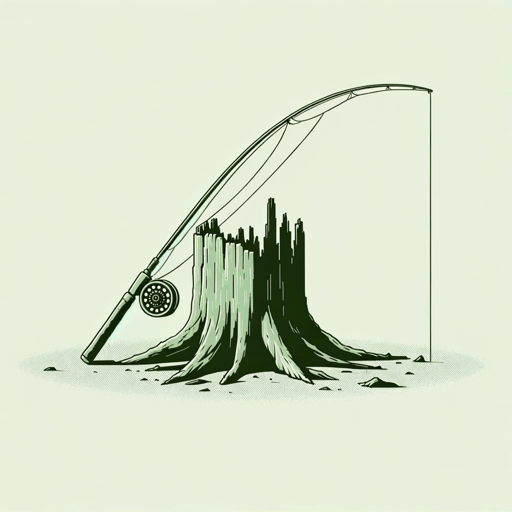30 pages • 1 hour read
Ernest HemingwayBig Two-Hearted River
Fiction | Short Story | Adult | Published in 1925A modern alternative to SparkNotes and CliffsNotes, SuperSummary offers high-quality Study Guides with detailed chapter summaries and analysis of major themes, characters, and more.
Literary Devices
Style
Hemingway employs a minimalist style that aims to capture Nick’s experience in vivid and precise imagery, without extraneous description. The simple words and short sentences can evoke a sense of contemplation (e.g., when Nick looks out over the valley), mirror the deliberate methodical pace of Nick’s activities (e.g., when Nick builds his campsite), or recreate the urgency and elation of struggle (e.g., when Nick catches a big trout). The staccato rhythm of short sentences mirrors Nick’s mental state and emphasizes his focus on the immediate and tangible instead of on past traumas. By isolating each sentence, Hemingway both magnifies the significance of what is being described and draws attention to specific details or emotions.
Free Indirect Discourse
“Big Two-Hearted River” is told in the third person; however, the story often blends the narration seamlessly with Nick’s thoughts. This is called free indirect discourse. Rather than signaling the character’s thoughts by using attributive tags like “he thought,” Hemingway often narrates Nick’s emotional experience directly through Nick’s perspective: “I won’t try and flop it, he thought” (Paragraph 43). However, with free indirect discourse, readers see sentences like this: “He tested the knot and the spring of the rod by pulling the line taut.
Related Titles
By Ernest Hemingway
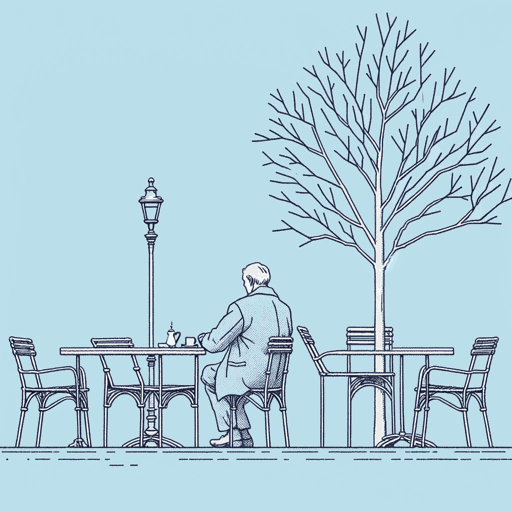
A Clean, Well-Lighted Place
Ernest Hemingway

Across the River and into the Trees
Ernest Hemingway

A Day's Wait
Ernest Hemingway

A Farewell to Arms
Ernest Hemingway
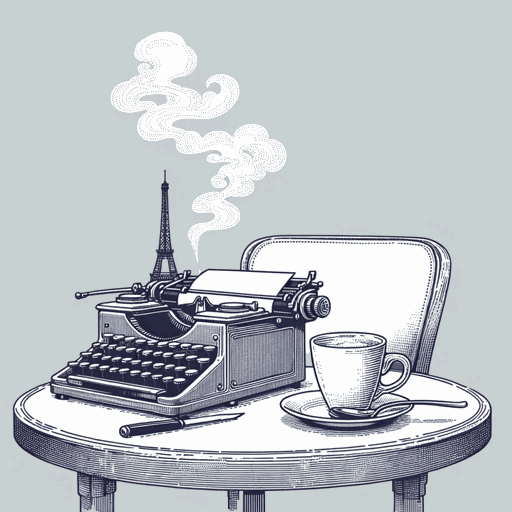
A Moveable Feast
Ernest Hemingway

A Very Short Story
Ernest Hemingway

Cat in the Rain
Ernest Hemingway

For Whom the Bell Tolls
Ernest Hemingway

Green Hills of Africa
Ernest Hemingway

Hills Like White Elephants
Ernest Hemingway
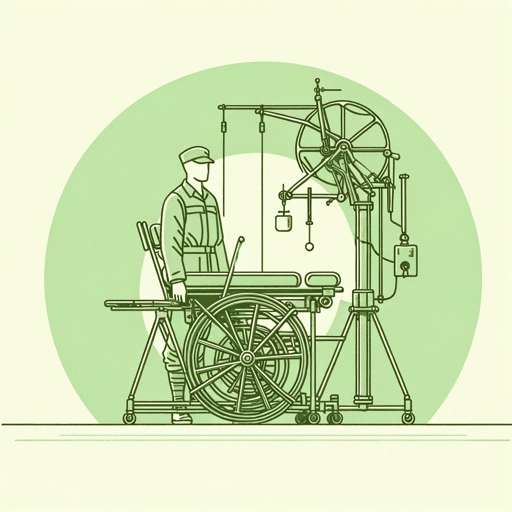
In Another Country
Ernest Hemingway

Indian Camp
Ernest Hemingway

In Our Time
Ernest Hemingway
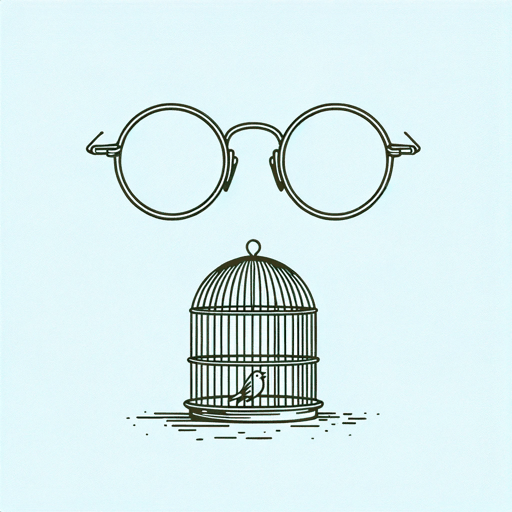
Old Man at the Bridge
Ernest Hemingway
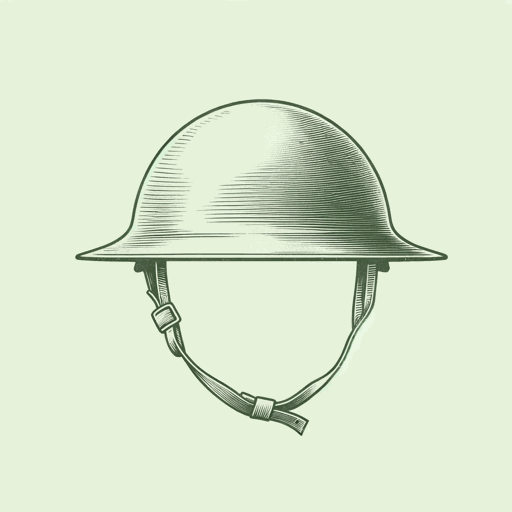
Soldier's Home
Ernest Hemingway

Solider's Home
Ernest Hemingway

Ten Indians
Ernest Hemingway
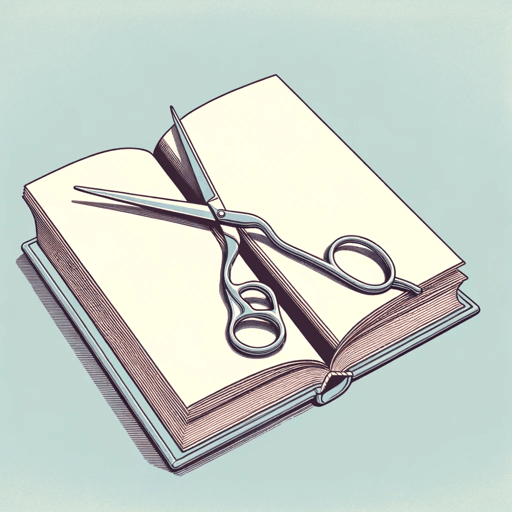
The Garden of Eden
Ernest Hemingway

The Killers
Ernest Hemingway

The Nick Adams Stories
Ernest Hemingway
